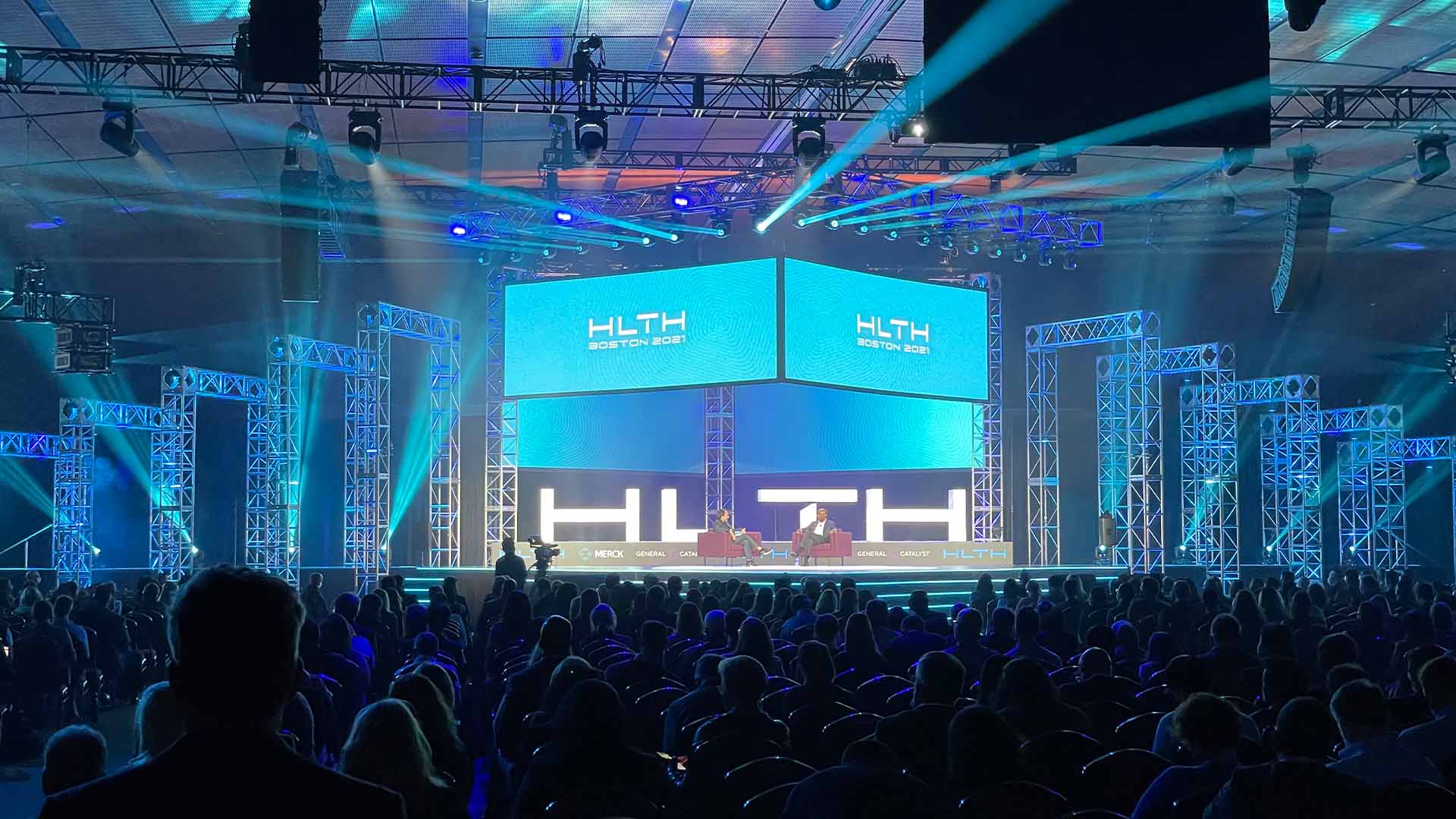Why Occasion Resource Solutions Are Important for Seamless Event-Driven Designs
In the realm of contemporary software program development, event-driven architectures are increasingly common, yet their performance pivots on the implementation of durable occasion source solutions. As sectors shift in the direction of real-time information processing, understanding the ramifications of occasion sourcing comes to be crucial.
Comprehending Event-Driven Styles
Event-driven architectures (EDAs) represent a paradigm shift in creating software application systems, where the circulation of details is determined by the occurrence of occasions. This building style advertises a decoupled method, enabling different parts to connect asynchronously. In EDAs, occasions act as the key methods of interaction, activating procedures or process in feedback to details occurrences, such as user actions or system changes.
The key parts of an EDA include occasion producers, which generate events; occasion consumers, which respond to events; and occasion channels, which promote the transmission of events between producers and customers. This framework boosts system responsiveness and scalability, as components can individually process events without the need for synchronous interaction.
Furthermore, EDAs allow real-time data handling, making them suitable for applications needing immediate understandings-- such as scams detection in economic systems or keeping track of IoT devices. They additionally sustain a more dexterous advancement atmosphere, enabling teams to repeat quickly and release new attributes with minimal disruption to existing services.
The Function of Occasion Resource Solutions
While various elements in an event-driven style rely upon efficient interaction, occasion source services play an essential role in creating and handling the circulation of occasions. These services work as the first point of occasion creation, recording modifications in state or individual actions and converting them into occasions that can be propagated with the system.

Furthermore, they promote the decoupling of manufacturers and customers within an architecture, permitting systems to range individually. This decoupling is essential for boosting system resilience, as it lessens reliances that might otherwise result in bottlenecks or single points of failure.
Benefits of Real-Time Information Handling
Real-time information handling significantly enhances the capacities of event-driven styles by making it possible for prompt understandings and activities based on the current information (your event source charlotte). This immediacy not only increases decision-making but additionally boosts the significance and accuracy of those choices. Organizations can react to occasions as they happen, decreasing latency and enhancing functional dexterity
One of the key benefits of real-time information processing is the capability to capture and examine information continually. This facilitates positive measures instead than reactive responses, allowing companies to prepare for fads and potential concerns prior to they intensify. In markets such as finance or ecommerce, real-time analytics can identify fraudulent deals or consumer behavior modifications, allowing quick interventions that reduce danger and enhance client fulfillment.

Ultimately, the integration of real-time data handling into event-driven architectures empowers companies to harness the complete possibility of their information, driving technology and Read Full Report affordable advantage in a progressively dynamic marketplace.
Enhancing System Communication
Effective interaction in between systems is vital for the success of any type of event-driven design. Occasion source remedies promote this communication by providing a robust framework for recording and transferring site occasions in genuine time. By standardizing just how systems create and eat events, these services eliminate uncertainty and foster interoperability, enabling disparate systems to collaborate perfectly.
The use of event streams allows systems to respond immediately to modifications, making certain that all components are aligned and educated. This responsiveness is essential in settings where timely information exchange directly impacts decision-making and overall system efficiency. Moreover, occasion resource services supply systems for event filtering, makeover, and directing, boosting the performance of data circulation between systems.
In addition, by executing a publish-subscribe version, event resource solutions decouple system elements, permitting greater versatility and scalability. This decoupling indicates that systems can evolve separately, making it much easier to incorporate new performances or replace existing elements without interfering with overall communication.
Future Patterns in Event Sourcing


One more significant trend is the increase of cloud-native event sourcing solutions. These platforms utilize the scalability and adaptability of cloud framework, permitting companies to successfully take care of and keep large quantities of event information without the overhead of traditional systems. This change advertises better access and partnership throughout teams.
In addition, the adoption of microservices style is affecting event sourcing techniques. As companies progressively section their applications into smaller sized, independent solutions, event sourcing gives a robust system to keep information consistency and integrity throughout these dispersed systems.
Final Thought
To conclude, occasion resource services act as an important structure for seamless event-driven designs, making it possible for efficient event generation and monitoring. By helping with asynchronous communication in between parts, these solutions improve system strength and advertise our website the independent evolution of solutions. The advantages of real-time information processing and improved system communication underscore the relevance of taking on event sourcing approaches. As the demand for durable dispersed systems rises, the relevance of event source services will remain to grow, forming the future of event-driven layout.